Expansion of Retail Channels
The expansion of retail channels is a crucial driver for the laxatives market. With the proliferation of pharmacies, supermarkets, and online platforms, consumers have greater access to a variety of laxative products. This accessibility is particularly important as it allows individuals to purchase laxatives conveniently and discreetly. Recent data suggests that online sales of laxatives have surged by approximately 25% in the past year, indicating a shift in consumer purchasing behavior. Retailers are also increasingly offering promotions and discounts, which can incentivize purchases. As a result, the laxatives market is likely to see continued growth as more consumers take advantage of the diverse retail options available to them.
Increased Incidence of Constipation
The rising incidence of constipation among various demographics is a significant driver for the laxatives market. Studies indicate that approximately 20% of the adult population in the US experiences chronic constipation, leading to a heightened demand for effective laxative solutions. This condition is often exacerbated by lifestyle factors such as poor diet, sedentary behavior, and inadequate hydration. As more individuals seek relief from constipation, the market for laxatives is likely to expand. Furthermore, healthcare professionals are increasingly recommending laxatives as part of treatment plans, which further propels market growth. The laxatives market is thus positioned to benefit from this trend, as consumers actively seek products that provide quick and effective relief from digestive discomfort.
Rising Awareness of Digestive Health
The increasing awareness surrounding digestive health is a pivotal driver for the laxatives market. Consumers are becoming more informed about the importance of maintaining regular bowel movements and the role of laxatives in achieving this. This trend is reflected in the growing demand for laxative products, which has seen a notable increase of approximately 15% in recent years. As individuals prioritize their health, they are more likely to seek out laxatives as a solution for constipation and other digestive issues. This heightened awareness is further supported by educational campaigns and health initiatives that emphasize the significance of digestive wellness. Consequently, the laxatives market is experiencing a surge in product innovation, with manufacturers developing new formulations that cater to the evolving preferences of health-conscious consumers.
Growing Demand for Over-the-Counter Products
The growing demand for over-the-counter (OTC) laxatives is a notable driver for the laxatives market. Consumers are increasingly opting for OTC solutions due to their convenience and accessibility. This trend is supported by the fact that many individuals prefer to manage their digestive health without the need for a prescription. The OTC segment of the laxatives market has experienced a growth rate of approximately 10% annually, reflecting a shift in consumer preferences. Additionally, the marketing strategies employed by manufacturers, which often highlight the ease of use and effectiveness of OTC laxatives, contribute to this trend. As more consumers seek immediate relief from constipation, the OTC segment is poised for further expansion.
Technological Advancements in Product Development
Technological advancements in product development are driving innovation within the laxatives market. Manufacturers are increasingly utilizing advanced formulations and delivery systems to enhance the efficacy and safety of laxative products. For instance, the introduction of new ingredients and combinations has led to the development of more effective laxatives that cater to specific consumer needs. This trend is indicative of a broader movement towards personalized healthcare solutions. Furthermore, research and development efforts are being bolstered by collaborations between pharmaceutical companies and research institutions, which may lead to the introduction of novel laxative products in the near future. As a result, the laxatives market is likely to benefit from these advancements, as consumers seek out innovative solutions for their digestive health.



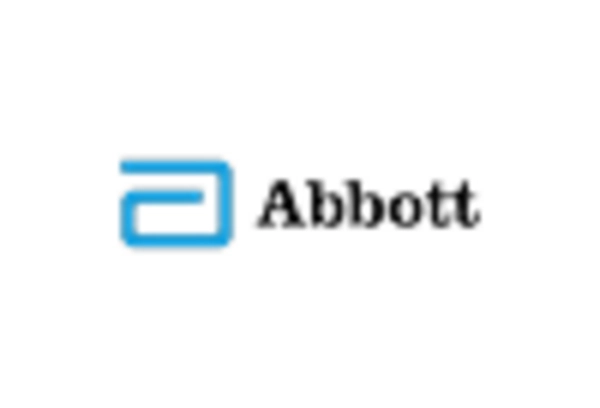
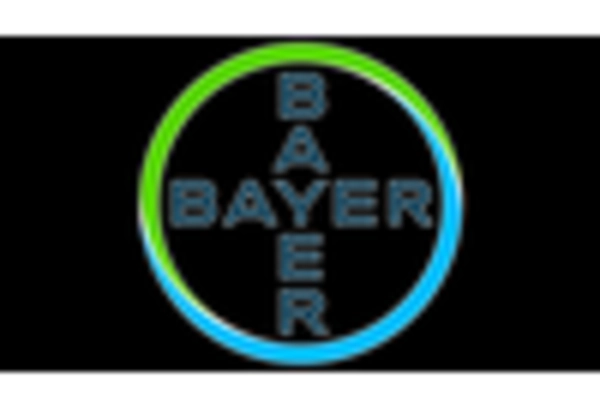
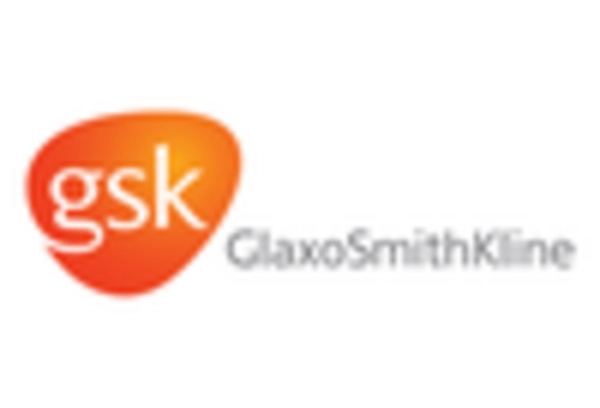
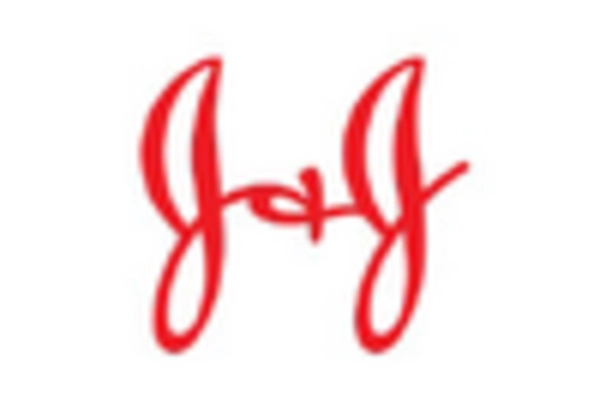
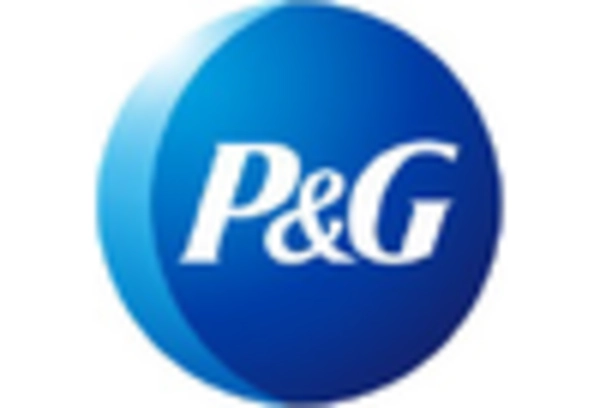
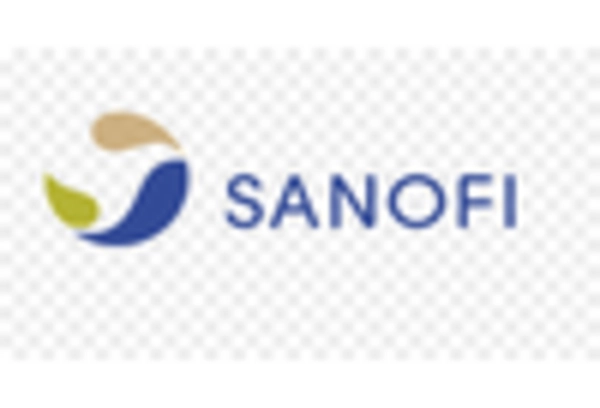








Leave a Comment